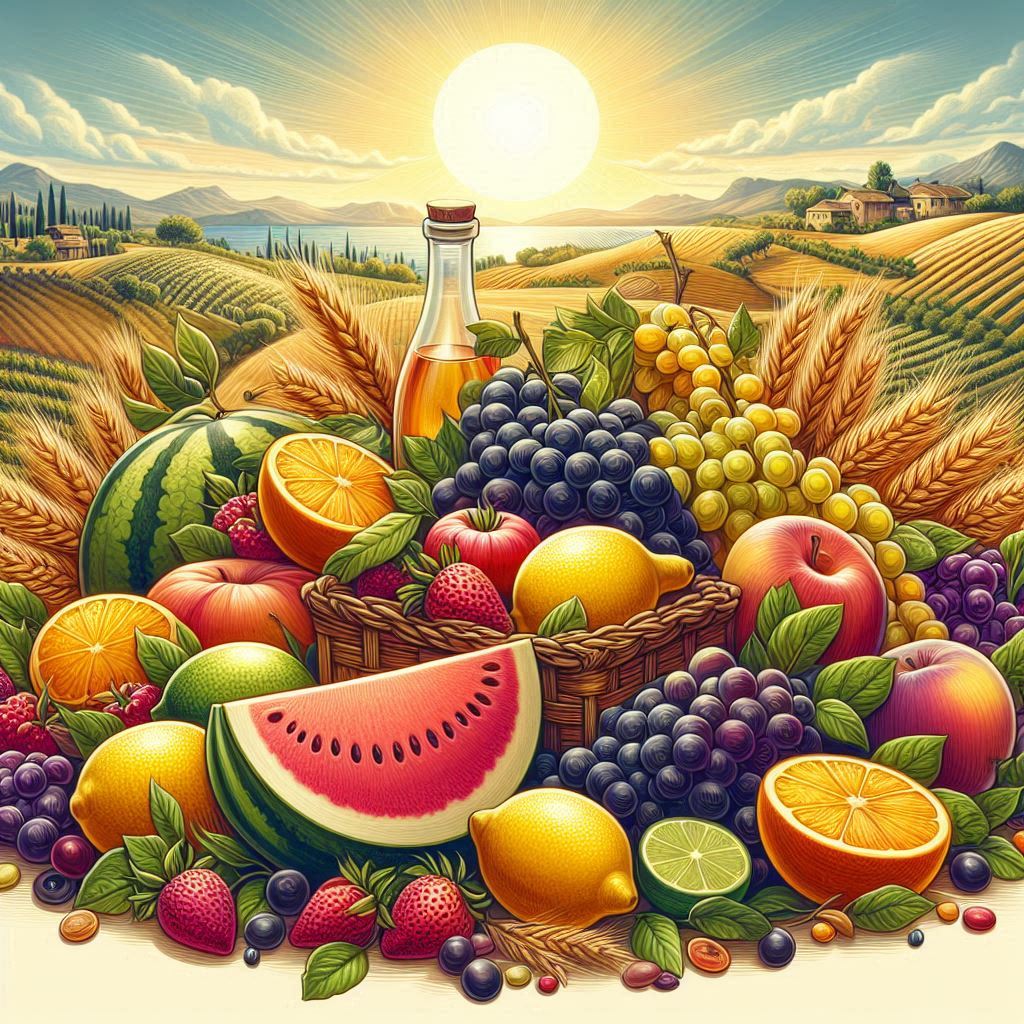The Monreale Doc Wine Route invites travelers and winelovers to explore a captivating landscape of sun-drenched hills, medieval towns and ancient traditions through the heart of western Sicily.
The Monreale Doc Wine Route winds through a vast and varied landscape located just inland from Palermo. It begins in the historic town of Monreale, where the majestic cathedral — one of Sicily’s most iconic examples of Norman architecture — sets the tone for a journey rich in culture and flavor. The route partially includes the territory of Piana degli Albanesi and fully encompasses the municipalities of Camporeale, San Cipirello, Santa Cristina di Gela, Corleone, San Giuseppe Jato and Roccamena.
12.000 Hectares of Vineyards
Wines bearing the Monreale Doc label are produced across approximately 12.000 hectares of vineyards, planted with both native and international grape varieties.
This predominantly hilly region benefits from ideal vineyard exposure, constant breezes and abundant light. The soil is naturally water-rich, creating the perfect conditions for high-quality viticulture. These characteristics contribute to a terroir that supports the cultivation of both white and red grapes with distinct personality.
Soils, Altitudes and the Climate of the Monreale Doc
The chemical and physical makeup of the soils — mainly clay and sand — along with altitudes ranging between 300 and 600 meters above sea level, play a key role in shaping the unique profile of Monreale Doc wines.
The local climate further enhances the character of these wines, with temperatures staying above freezing even in winter and warm, dry conditions prevailing from May through October. These climatic factors foster healthy grape development and support the distinctive identity of the authorized varietals.
The Grapes of Monreale Doc
Since 2018, the Monreale Doc regulations have focused exclusively on three native Sicilian grapes and one international variety: Inzolia and Catarratto for white wines, Perricone and Syrah for reds.
White wines from this appellation may also be released as “superiore” or “late harvest” expressions, while the reds include “novello” versions and can proudly carry the “riserva” designation when aged accordingly.




